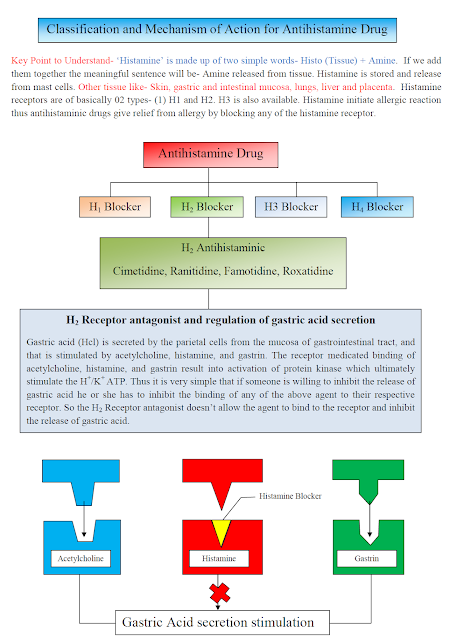

I appreciate the interactive and critical thinking activities throughout each chapter.

The book also provides links to additional resources for the reader to learn more about cultural considerations. The book has a section dedicated to cultural and social determinates related to medication administration and provides specific examples. The table of contents includes hyperlinks to take the reader directly desired section of the book. Medications are group together by body system they work on, and the pharmacological classifications are appropriately placed. It is easily divisible into smaller reading sections with medications being broke down into pharmacological classifications within each chapter. A glossary is included at the end of each chapter. Chapters are organized in the same format and includes the same important information for safe medication administration.

Medications are grouped by concept/system it affects and then broken down even further into pharmacological classification in each chapter.Įach chapter starts with a basic concept overview to help the reader better understand the action of medications. New medications are continuously being developed, and it would be easy to add those to this book. The medication information included is up to date. It is a great book to help nursing students learn medications. I also like that it includes a chapter on legal and ethical considerations for medication administration. It includes action, indication, nursing considerations, adverse effects, patient teaching/education, and a medication grid for each classification. The book covers majority of the classifications of medications with a strong emphasis on nursing implications and safe medication administration. Reviewed by Rachel Seltz-Falk, Professor of Practice of Nursing Level 1, Grand View University on 12/23/21 Journalism, Media Studies & Communications +.BenhamĪbstract: Background: Diabetes mellitus (DM) is a pandemic metabolic disease characterized by a chronically Title:Methylglyoxal, A Metabolite Increased in Diabetes is Associated with Insulin Resistance, Vascular Dysfunction and NeuropathiesĪuthor(s): Yousif A. Keywords: Diabetes, endothelial dysfunction, glucose, insulin, methylglyoxal, nephropathy, neuropathic pain, retinopathy. This review correlated methylglyoxal with diabetesĪnd diabetes complications which were summarised in table 1.Ĭonclusion: The findings of this review suggesting methylglyoxal as an essential therapeutic target for managing diabetes in the future. Methylglyoxal-induced vascular dysfunction was drawn in a comprehensive figure 3. Additionally,įifteen papers revealed methylglyoxal contribution to vascular dysfunction and 3 papers showed methylglyoxal to cause neuropathic pain. Furthermore, twenty-six papers related methylglyoxal to diabetes complications from whichĩ papers showed methylglyoxal ability to induce insulin dysfunction, an effect which was described in schematic figure 2. Descriptive figure 1 was drawn to explain methylglyoxal sources and howĭiabetes increases methylglyoxal generation. Methylglyoxal metabolism was derived from 7 papers. Papers related lipid metabolism to methylglyoxal and 5 papers showed the proteolytic pathways that contribute to methylglyoxal generation. Eleven papers related methylglyoxal generation to carbohydrates metabolism, ten Results: Sixty-six papers were included in this review. Was applied to the included studies using a conceptual framework to yield this comprehensive systematic review. The characteristics of screened papers were described, and a deductive qualitative content analysis methodology The reviewed papers were appraised according to the searching focus. Questions and inclusion/exclusion criteria. Methods: Peer reviewed research papers were studied through bibliographic databases searching focused on review Chronic hyperglycemia contributes to reactive oxygen species (ROS) Vascular dysfunction, nephropathy and neuropathic Show diabetes complications by the time they are diagnosed. Background: Diabetes mellitus (DM) is a pandemic metabolic disease characterized by a chronicallyĮlevated blood glucose concentration (hyperglycemia) due to insulin dysfunction.


 0 kommentar(er)
0 kommentar(er)
